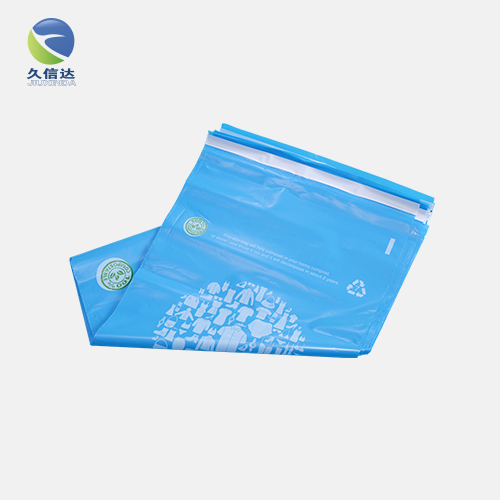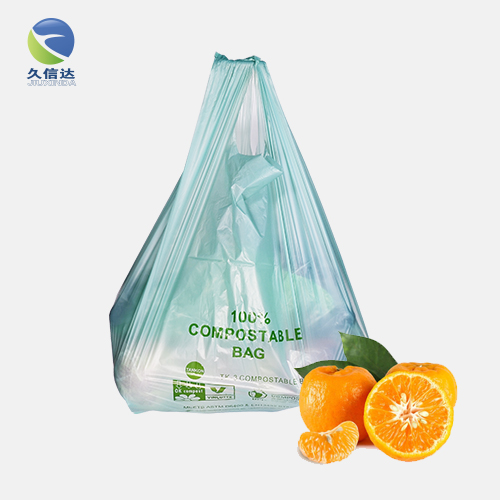In fact, polylactic acid packaging bags are not easily decomposed under normal storage conditions. Like natural biodegradable polymer cotton bags and combinations, they will not decompose during use. Cotton and silk products are generally biodegraded (moulded) from the dirty place when they are placed deep in the cabinet in midsummer. In other words, the beginning of biodegradation requires a high temperature, high humidity environment and a source of nutrients for the provincial capital, as does polylactic acid.

Generally, the introduction of polylactic acid degradation bags is “plastics that can be restored in the soil”, so consumers often complain that “the polylactic acid degradation bags are buried in the yard, but have not decomposed after half a year” and “put them in the family.” It doesn’t decompose in a composter,” etc. No decomposition, or slow decomposition, must be because the polylactic acid degradation bag has not been composted under the conditions of high temperature, high humidity, and nutrients.
It can be seen from the above that the complete decomposition of the polylactic acid degradation bag is greatly affected by temperature and humidity. At room temperature (25°C), the hydrolysis starts half a year later, the biodegradation of the polylactic acid degradation bag takes nearly half a year, and the complete degradation takes 1 year. In the initial decomposition, microorganisms have little effect, which is also an important feature of polylactic acid degradation bags.

However, in a high temperature (60°C to 70°C) and high humidity (50% to 60%) environment like composting, decomposition will proceed rapidly. The figure below shows the decomposition progress of the polylactic acid degradation bag in the 60℃ compost. The first thing to start is hydrolysis.
The average molecular weight of the polylactic acid degradation bag is 100,000. When the molecular weight becomes 20,000, it becomes brittle, and when it becomes 10,000, it becomes crushed. At the same time, it begins to biodegrade into lactic acid and lactic acid oligomers, releasing carbon dioxide. This two-stage decomposition principle is the characteristic of polylactic acid degradation bags. Therefore, for polylactic acid degradation bags, the best treatment method is to compost.






